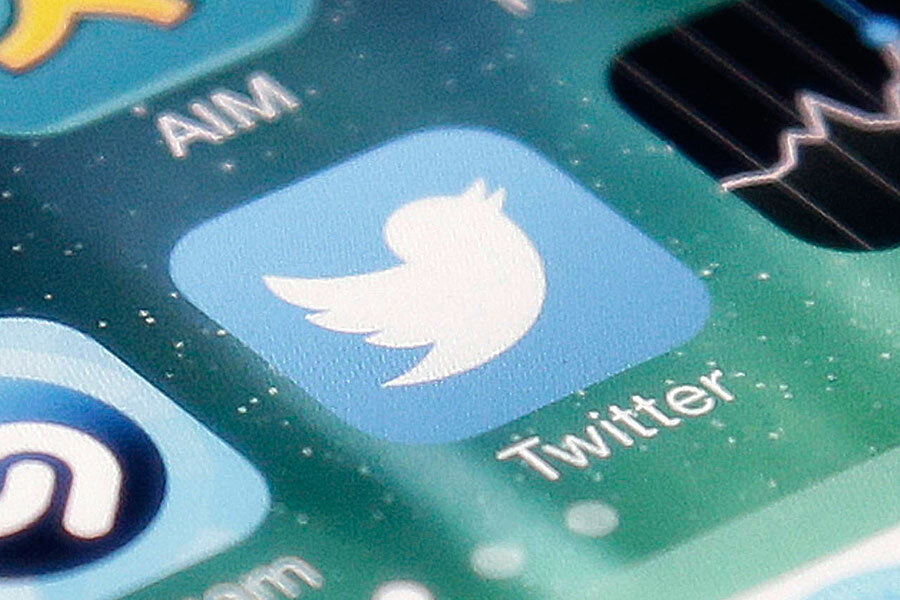What does worldwide shutdown mean for Twitter?
Loading...
In an industry where success depends on users feeling as though they can maintain constant connectivity with friends and followers, social media platform Twitter encountered trouble on Tuesday.
Twitter reported widespread outages, starting around 3 a.m. Eastern time. The site was down for at least five hours, as Twitter scrambled to correct the problem for thousands of users.
The outages were not confined to a specific region or time zone. Users from Europe to Asia have been affected, though the web outage site called DownDetector reported that the outages were primarily concentrated in Europe. In Asia, the problem seemed to be concentrated in Japan.
In response to user reports, Twitter issued a statement on its status webpage, noting that "Some users are currently experiencing problems accessing Twitter.” However, neither the company’s official blog nor its own Twitter account have made note of the issue.
This is not the first time that Twitter has experienced outages in the last several days. The platform’s status pages indicates that there have been at least three outages over the last three days alone. Most outages, however, last for just minutes. Tuesday’s outage lasted for several hours.
In 2012, a 40-minute-long outage led Twitter to announce in a blog post that the problem was due to a data center failure and that Twitter would be, “investing aggressively in our systems to avoid this situation in the future.” With its recent woes and the uproar from Tuesday’s shutdown, Twitter may find itself making this promise once again.
How will the recent shutdowns impact an already faltering Twitter?
Twitter stocks ended the day on Monday at $17.94, their lowest price since Twitter’s IPO in 2013. Perhaps even worse, users on Facebook have mocked Twitter for the shutdown.
Perhaps Twitter could stand to learn from its longtime rival, Facebook. Both companies cater to a similar market, one that has great potential to grow as Internet access rates expand worldwide.
The companies have also faced similar challenges. Neither platform’s initial public offering went as well as speculators had predicted, although financial similarities diverge there. Facebook has blossomed since its IPO, with shares at least doubling in value over the space of a few years. Facebook has also trounced Twitter in user growth. According to Facebook’s first quarter 2015 report, the company had 1.44 billion active monthly users. Nearly one billion of those users use Facebook daily. In its third quarter report for 2015, Twitter announced that it had 307 million active monthly users.
Things have not always been rosy for Facebook, however. In 2014, an article in The Atlantic addressed signs that the platform was faltering and that it could no longer provide what its customers wanted. Today, Twitter’s critics say much the same thing.
Twitter’s leadership struggles have not only been noticed by the public. Some of the company’s biggest supporters have indicated unhappiness with the direction of Twitter’s vision. Major shareholder Chris Sacca, for example, indicated that Twitter could go farther to make the platform more user friendly and easy to navigate, one of the most common user complaints about the platform.
In order to spark user growth, Twitter has taken major strides in recent months. It has reinstalled Twitter founder Jack Dorsey as CEO, and launched major innovation designed to draw people to the platform. The company acquired Periscope, a video streaming app, and recently announced plans to fully integrate the app into Twitter streams. Mr. Dorsey also floated the potential to expand character limits for tweets to 10,000 characters, a move that would allow users more flexibility.
As yet, Twitter has not made any further announcements about the shutdown it experienced on Tuesday morning. Twitter stock dropped to $17.40 by midmorning in New York. Despite dire trends, however, this shutdown proved one thing. Plenty of users still care about Twitter.





